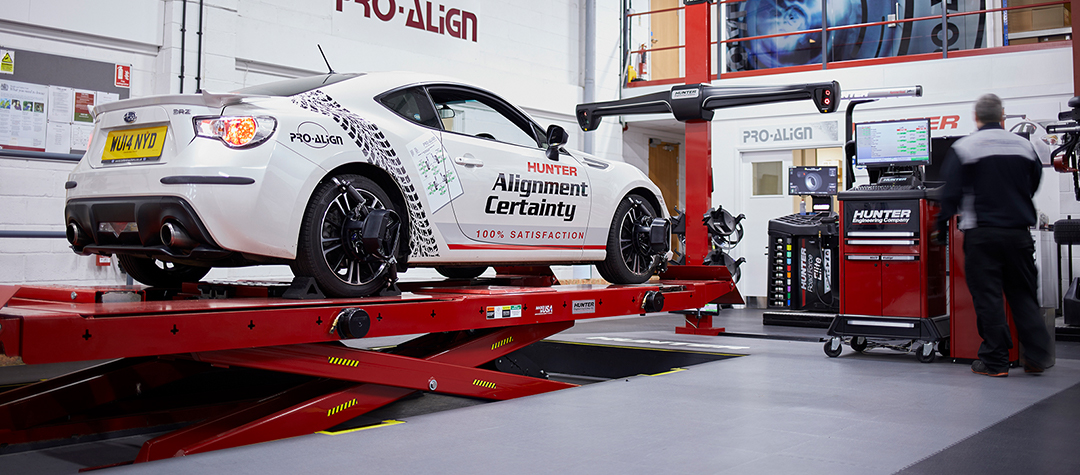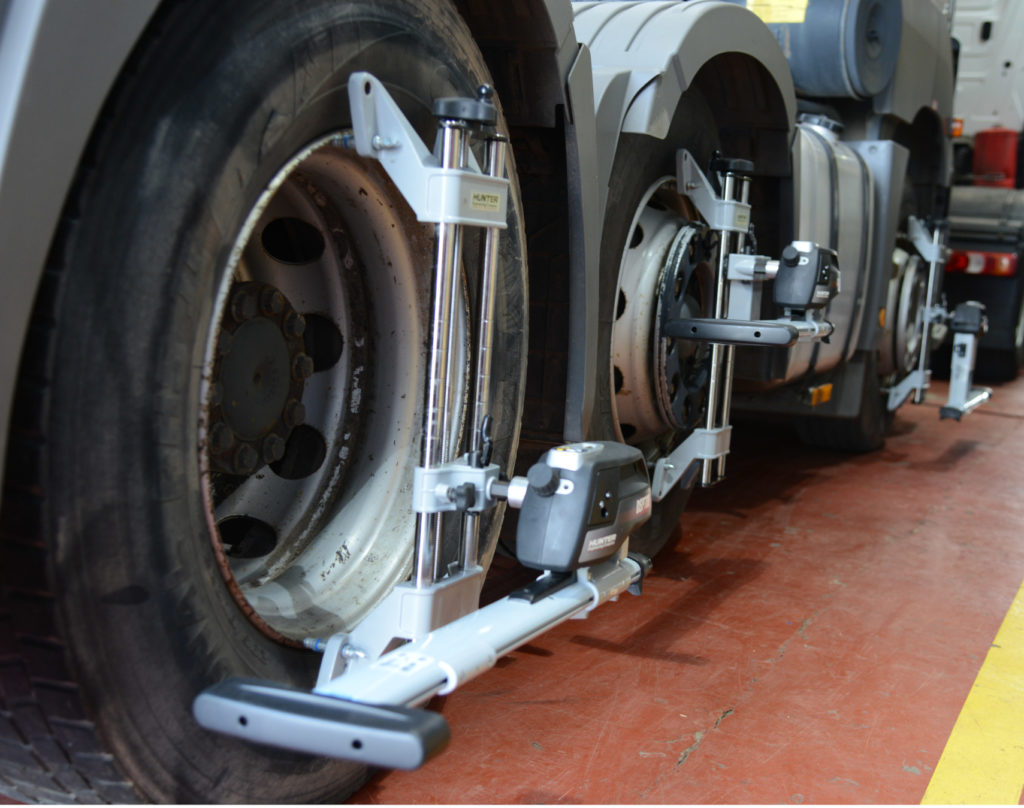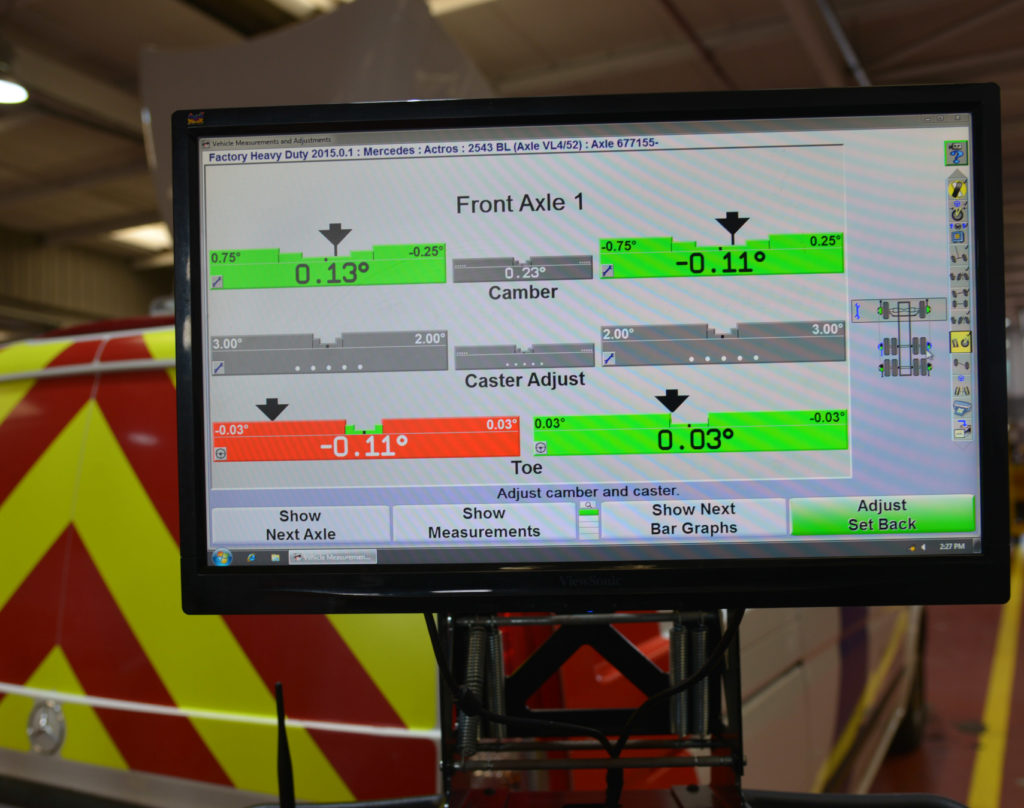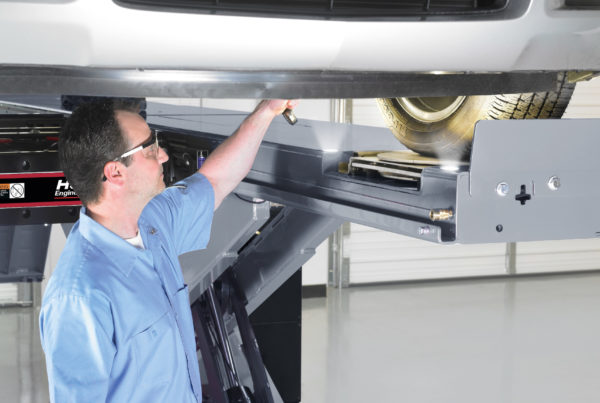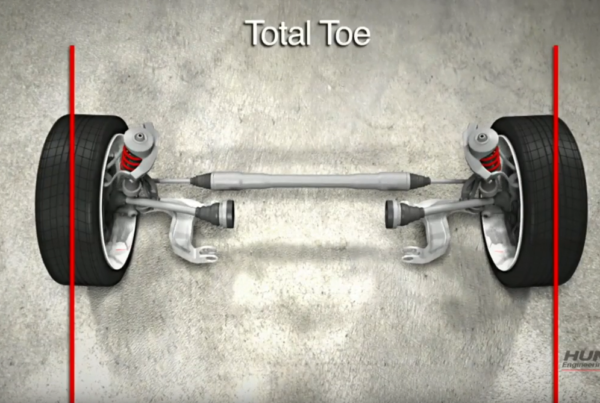Wheel alignment is crucial for your vehicle’s performance and safety, but you may be wondering why? In this blog post, we will explore the significance of wheel alignment, the causes of misaligned wheels, the frequency of checks, and what happens during wheel alignment inspections.
What is Wheel Alignment?
In short, wheel alignment refers to the angles of your wheels in relation to each other and the vehicle’s body, a professional wheel alignment will see your wheels being adjusted to the optimal angle for safety and performance. It ensures that all four wheels are parallel to each other and perpendicular to the ground. The three main aspects of wheel alignment are camber, toe, and caster.
Get a definitive run-down on the subject with our one-stop guides to camber, toe and wheel alignment.
Why is Wheel Alignment Important?
Proper wheel alignment is essential for several reasons:
- Tyre Longevity: Misaligned wheels can cause uneven tyre wear, leading to premature tyre deterioration and the need for frequent replacements. Proper alignment extends tyre lifespan, saving you money in the long run.
- Improved Handling and Safety: Correct wheel alignment ensures optimal tyre contact with the road, enhancing vehicle stability, handling, and cornering capabilities. It reduces the risk of skidding or losing control, especially during emergency manoeuvres.
- Fuel Efficiency: Misaligned wheels create unnecessary drag, forcing the engine to work harder and consume more fuel. With proper alignment, your car can achieve better fuel efficiency, saving you money at the pump.
- Enhanced Suspension Performance: Misalignment places additional stress on suspension components, such as shocks and struts. By aligning the wheels correctly, you prevent premature wear and maintain a comfortable ride.
What Are the Causes of Misaligned Wheels?
Several factors can contribute to misaligned wheels:
- Normal Wear and Tear: Over time, various components of the suspension system, including bushings and ball joints, can experience wear and become loose, affecting wheel alignment.
- Potholes and Bumps: Hitting potholes, speed bumps, or other road irregularities can jolt the suspension system, knocking the wheels out of alignment.
- Accidents or Collisions: Impact from accidents, even minor ones, can cause wheel misalignment. It’s crucial to have your alignment checked after any collision, regardless of the apparent damage.
- Suspension Modifications: Altering the suspension system or installing aftermarket components without proper alignment adjustments can lead to wheel misalignment.
How Often Should Your Wheels Be Checked?
Regular wheel alignment checks are essential to catch misalignments early and prevent potential issues. As a general guideline:
- Routine Maintenance: Car manufacturers recommend having your wheels aligned every 10,000 miles, or once a year, whichever comes first. However, this can vary based on your driving habits, road conditions, and vehicle type. For example, if you spend a lot of time driving down country roads, or off-roading, you may require an alignment sooner. Check your owner’s manual or consult a professional for specific recommendations.
- Special Circumstances: Certain situations may require more frequent checks, such as hitting a pothole or curb, noticing irregular tyre wear, or experiencing handling issues. If you observe any of these signs, have your alignment checked promptly.
What Happens During Wheel Alignment Checks?
Professional wheel alignments typically go through a five-step process; evaluation, measurement, adjustment, a test drive, and one final check.
- Evaluation: The technician examines the tyres, suspension components, and steering system to assess their condition and identify any signs of wear or damage.
- Measurement: Specialised equipment is used to measure the current alignment angles of each wheel. This includes checking the camber, toe, and caster settings.
- Adjustment: If the measurements indicate misalignment, the technician makes necessary adjustments to bring the wheels back into proper alignment. This is achieved by adjusting suspension components or using shims, bolts, or other tools to fine-tune the angles.
- Test Drive: Once your wheels have been adjusted, your vehicle will be taken for a test drive to check its handling. This helps ensure the alignment has been correctly adjusted.
- Final Check: Once the test drive is complete, a final inspection is carried out to verify that all alignment angles meet the recommended specifications.
Aligning Your Car
Having properly aligned wheels improves your vehicle’s overall performance, safety, and longevity. Regular checks and adjustments can help prevent uneven tyre wear, improve handling, enhance fuel efficiency, and reduce stress on suspension components.
Remember to consult a professional mechanic or auto service centre to perform wheel alignment checks and adjustments accurately. Including wheel alignment as part of your vehicle’s maintenance routine, can extend the lifespan of your tyres, enhance your driving experience, and promote overall safety on the road.
Maximise Vehicle Performance with Pro Align
Experience the importance of precise wheel alignment for a smoother, safer ride. Our top-notch wheel alignment systems empower skilled mechanics nationwide, giving them the chance to unlock the potential of your customers’ vehicles.



